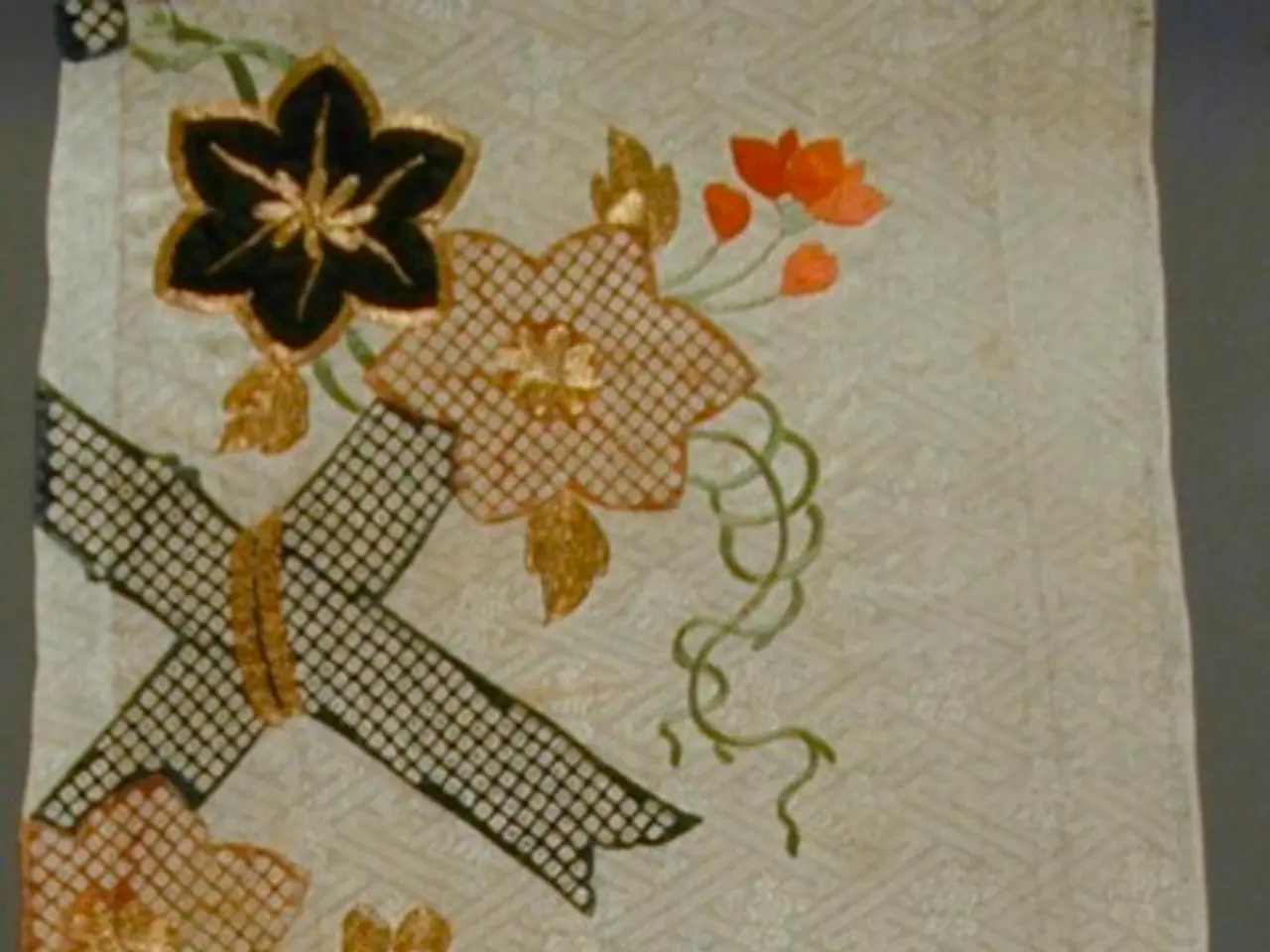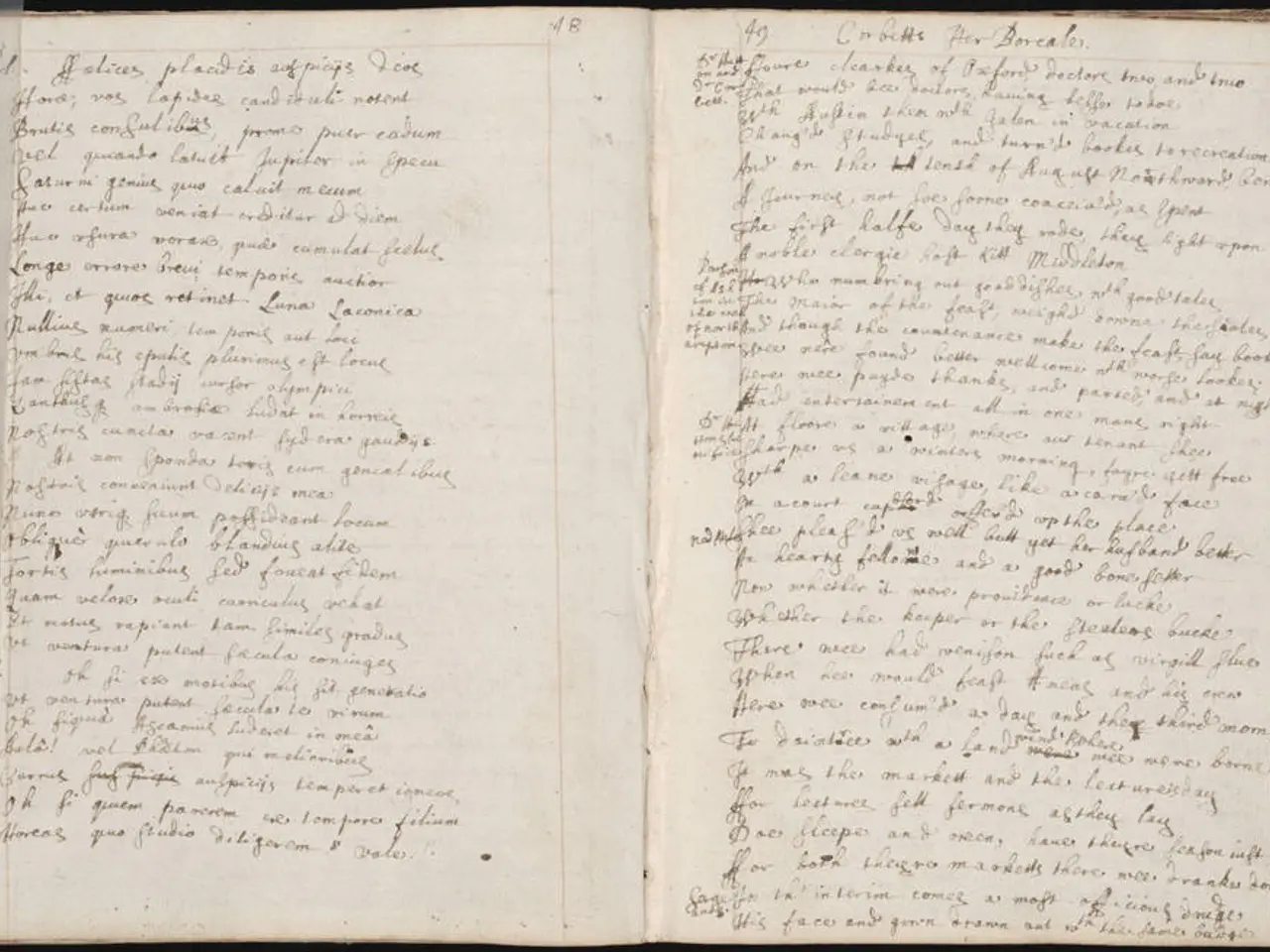Simple Process Revealed: Manufacturing Clothes in 12 Straightforward Steps
In the ever-evolving world of fashion, managing in-house clothing production requires a meticulous approach spanning multiple stages, from planning to customer relationship management. Here's a detailed guide to the key processes involved:
**1. Planning Marketing and Sales**
Develop a marketing strategy that defines your target audience, positioning, and sales channels. Engage customers through personalised follow-ups and gather feedback to encourage repeat business, especially in customised tailoring sectors.
**2. Creating Designs**
Begin with mood boards and tech packs that include sketches, fabric choices, measurements, and construction notes. This documentation helps clarify ideas and communicate requirements effectively to production teams.
**3. Grading and Sizing**
Finalise sizing charts early based on market standards and sample fittings. Ensuring grading from sample size to multiple sizes maintains proportion and fit consistency across the range is crucial.
**4. Lay-Planning and Making Cuts**
Optimise fabric usage through lay-planning, which arranges pattern pieces on the fabric to minimise waste. Precise cutting is vital; ensure fabric is pre-washed or prepared as needed before cutting.
**5. Setting up Sewing Machines**
Organise sewing stations efficiently with appropriate machines like industrial straight stitch and sergers. Adjust machines and train operators for specific garment types to maintain quality and productivity.
**6. Sewing**
Assign skilled operators and monitor attendance daily to ensure the planned output. Use a real-time shop floor control system to track operator availability and production progress, allowing rapid adjustments for absenteeism.
**7. Finishing**
Include processes like pressing, trimming, and adding final details such as buttons or labels. Some operations may involve sustainable practices, such as recycling scraps for new creations.
**8. Quality Checking**
Implement quality assurance protocols at various stages—raw material, sample, and final product inspections. Use random sampling methods and train employees in inspection techniques to maintain consistency and meet brand standards.
**9. Boxing and Shipping**
Pack garments carefully to avoid damage during transit. Organise order fulfilment areas with racks or shelves for size and colour differentiation, ensuring efficient dispatch.
**10. Keeping in Touch with Customers**
Maintain post-sale communication, checking if customers need alterations or reorder items. Use customer data to personalise service and foster loyalty, which is particularly valuable in customised tailoring formats.
By integrating these steps with vigilant monitoring—especially of manpower and production targets—you can control production quality and efficiency in your garment manufacturing. Starting with simpler designs and readily available fabrics can reduce initial complexity and cost. Establish strong feedback loops between production and sales to continuously improve offerings and customer satisfaction.
- Expanding the business, consider venturing into other sectors such as lifestyle, home-and-garden, education-and-self-development, technology, or food-and-drink to diversify and cater to growing market demands.
- For those passionate about fashion-and-beauty, explore advanced techniques and eco-friendly materials in your designs to attract fashion-conscious consumers who value sustainability.
- Leverage technology to automate and streamline processes across all sectors, ensuring efficient production and reduced wastage, creating a better living experience for both consumers and producers alike.




